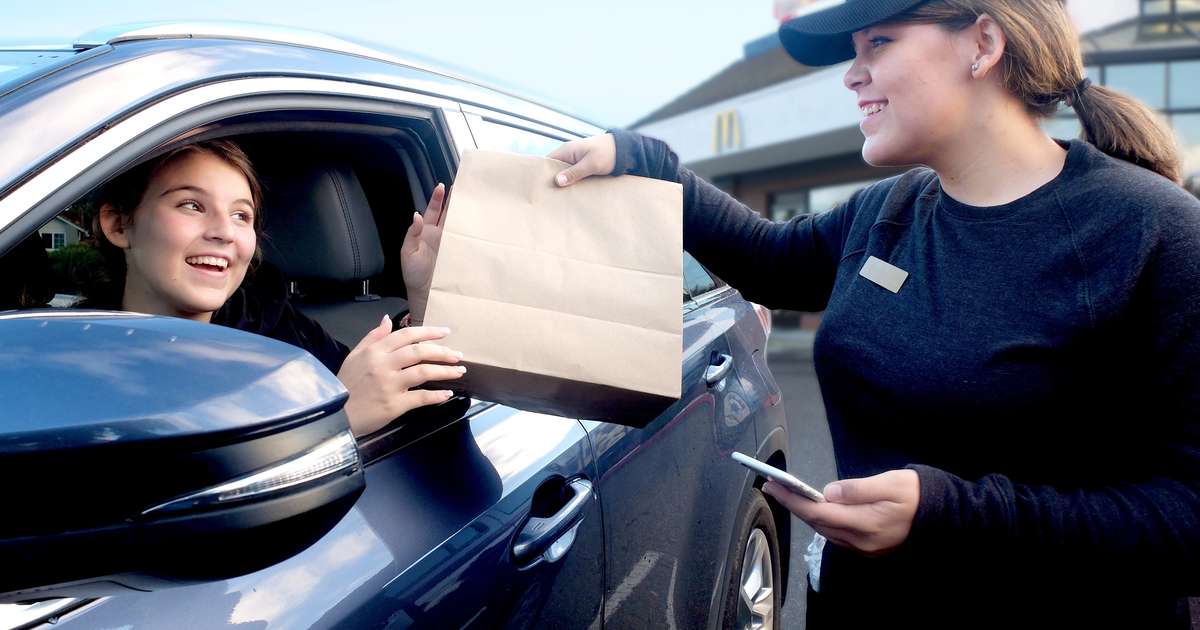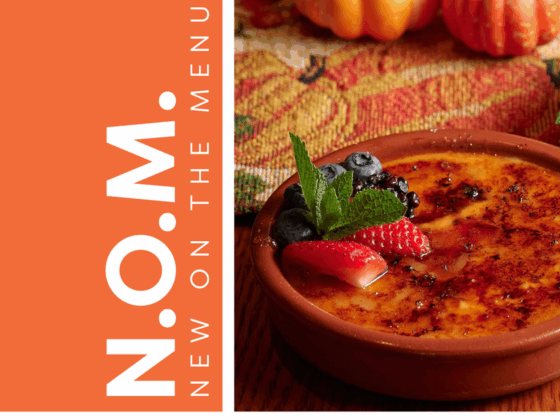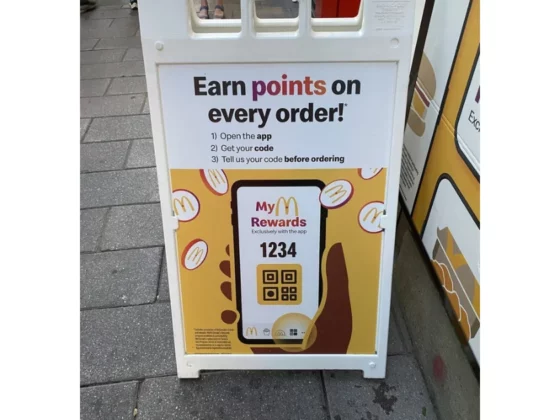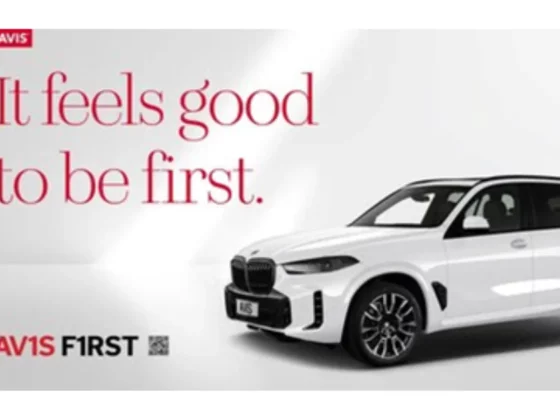
Curbside pickup is a convenient service valued by both consumers and restaurants. Yet, it remains unclear what parts of the curbside pickup experiences matter most to restaurant customers – and how restaurants can deliver better service.
The Makeup of Consumers’ Restaurant Curbside Pickup Experiences
According to the service encounter framework, consumers typically experience four phases in their “journey” with a restaurant curbside pickup service. They are
- Information search experience during word-of-mouth encounter (e.g., browsing online reviews and products on the app)
- Ordering experience during function encounter (e.g., placing and tracking orders on the app or website)
- Pickup experience during distributor encounter (e.g., waiting for the order and interacting with the staff onsite)
- Food consumption experience during service results encounter (e.g., consuming the food)
Inspiration for the Study
It is unlikely that all four phases of service encounter experiences have the same impact on consumer satisfaction with a restaurant’s curbside pickup service, which motivated me to investigate what matters most to consumers. I put special interest in analyzing how consumer gender and age, restaurant price point, and franchise structure (chain vs. independent)
may affect the relationship between the four phases of service-encounter experiences and their satisfaction.
The Methods
I recruited U.S. participants from the Qualtrics panel and collected 297 valid responses. To avoid the possible impact from people’s prior experiences or habits of repeatedly using curbside pickup from the same restaurant, I only recruited the informants who had just tried the curbside pickup service at a restaurant for the first time but had never used that same restaurant’s takeout or curbside pickup in the past, even though they might have tried its dine-in service before. I used a 16-item scale to measure consumer satisfaction with the four service-encounter experiences and two items to assess their evaluations of their overall curbside pickup experiences. I used regression analysis to evaluate the proposed relationships.
The Findings
I reported the findings in the Journal of Foodservice Business Research. Here are the insights.
The main effect – Food consumption (the most significant factor) and pickup experiences were influential in shaping consumers’ overall satisfaction with restaurant curbside pickup. The other two service encounter experiences were not statistically significant.
Gender and age differences – Younger consumers (aged 18–40) and females value a smooth, customizable ordering experience. An above-average pickup experience had a higher impact on male consumers.
An above-averagefood consumption experience had a more salient impact on older customers.
The price point of a restaurant is not an influential factor. Independent restaurants benefit more from exceptional service at pickup, whereas chain restaurants gain higher satisfaction from high-quality food.
What Does That Mean to Restaurant Owners and Managers?
- Focus on the core product – high-quality food, including using high-efficiency containers to preserve food texture and quality.
- Ensure a smooth pickup experience by designating pickup zones and providing staff training.
- Market pleasant ordering experience to female and younger consumers, emphasizing user-friendly ordering processes, convenient payment methods, order tracking capabilities, and customization options.
- Emphasize efficiency and friendly pickup service for male consumers.
- Promote high food quality and safety standards to older consumers.
- Chain restaurants can enhance their impact by consistently delivering high-quality food.
- Independent restaurants may promote their friendly pickup service.
- Restaurants, in general, can utilize the 16-item scale to survey their customers for new business insights and benchmarking purposes, such as comparing different consumer groups and various locations for multi-unit operations.
Besides restaurateurs, food ordering apps like DoorDash, Uber Eats, and Grubhub may also refer to the above findings as they develop marketing strategies. They should also consider incorporating the 16-item scale for a more in-depth assessment of user satisfaction.
What Matters to You in Restaurant Curbside Pickup?
Does your restaurant run a curbside pickup service? How do your experiences align with these findings?
As a customer, what matters most to you when using curbside pickup in restaurants and/or supermarkets? Do the insights reported here resonate with your experience?
Linchi Kwok
Professor at The Collins College of Hospitality Management, Cal Poly Pomona
CAL Poly Pomona









